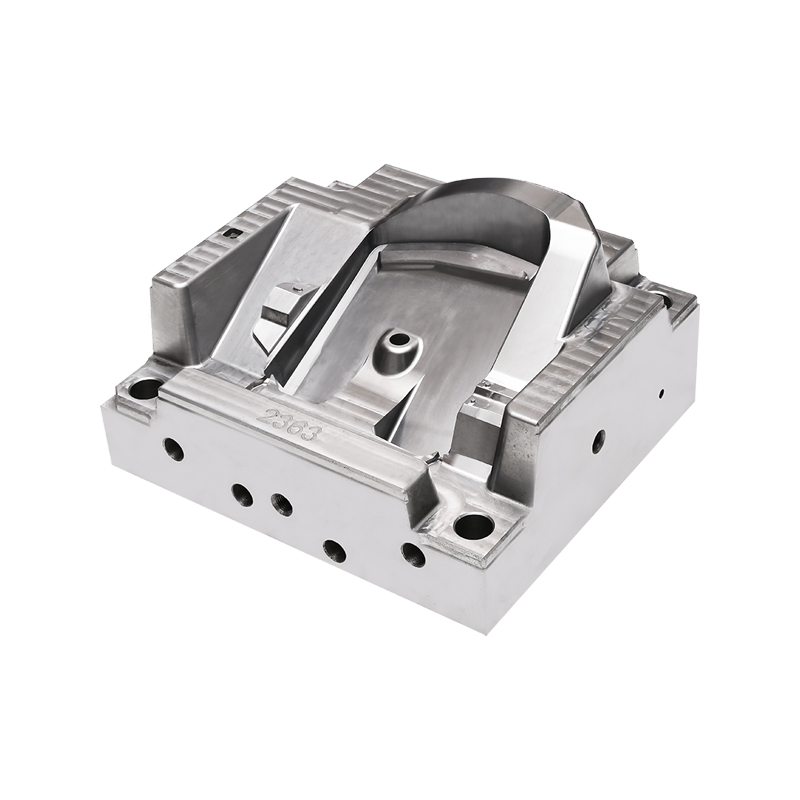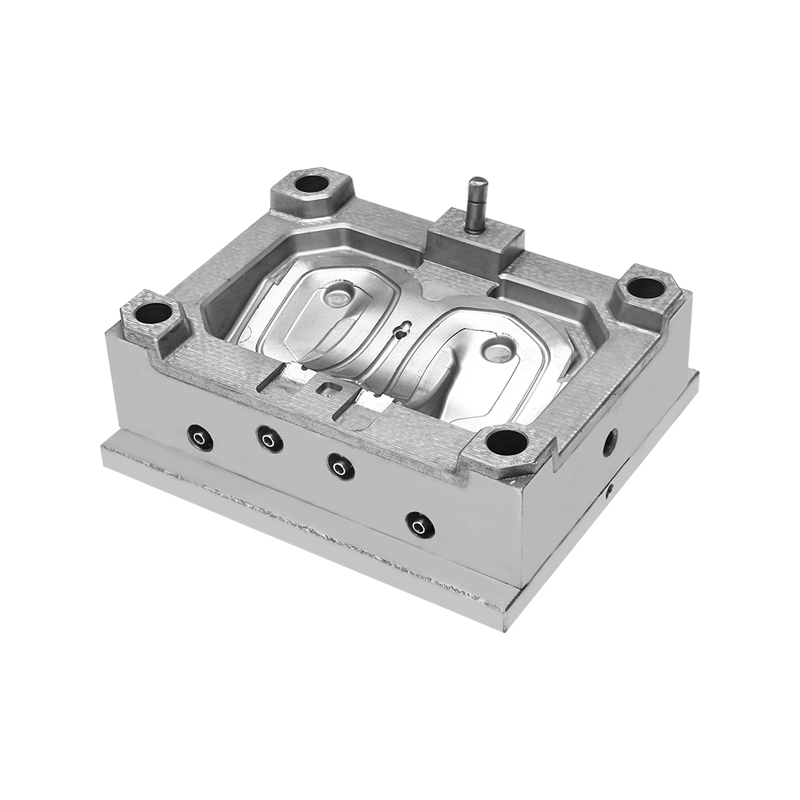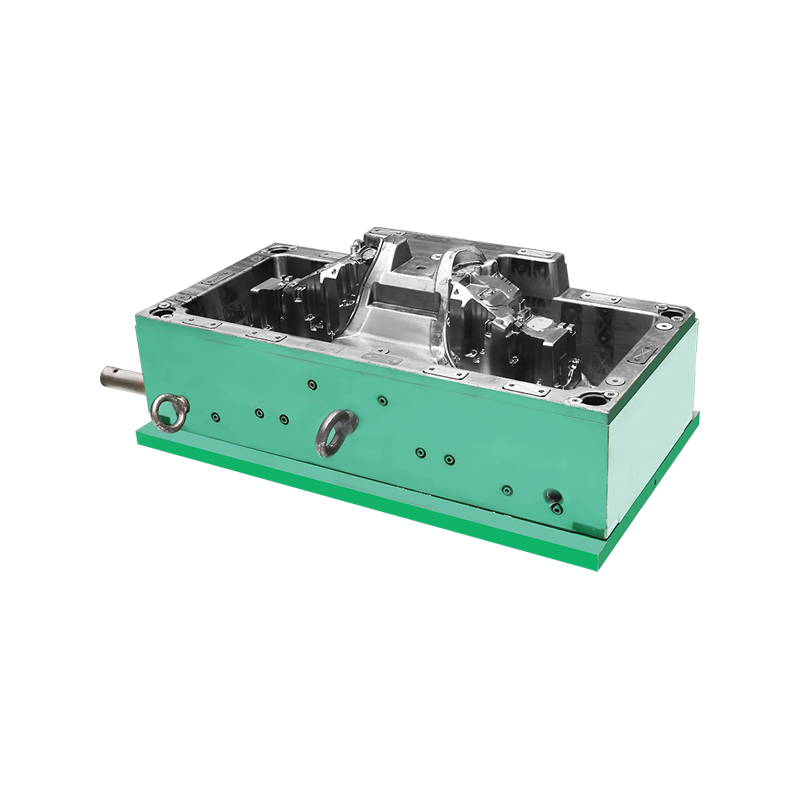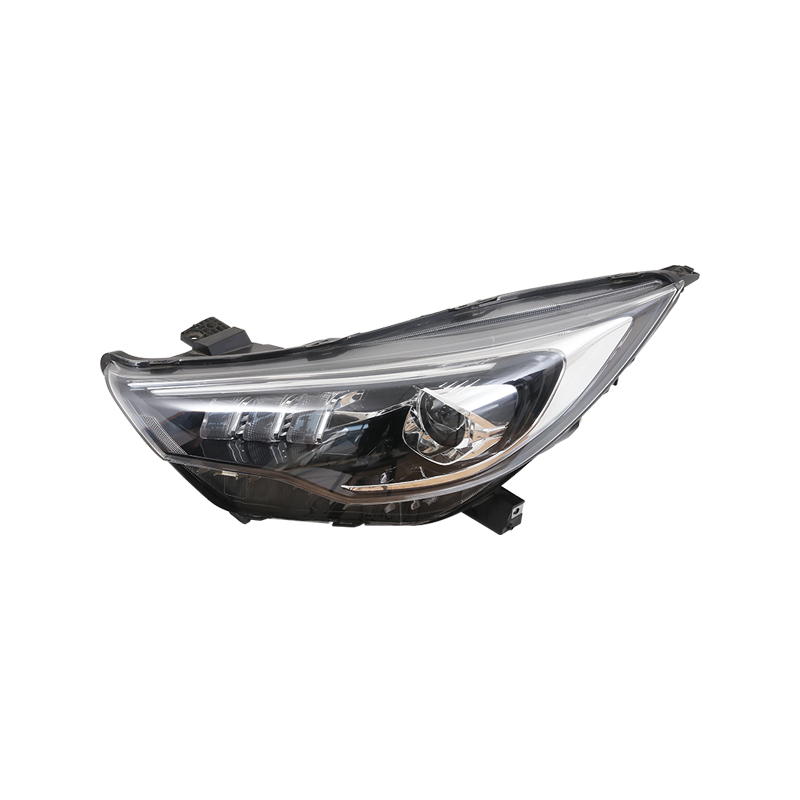Custom automotive plastic compression injection moulding Factory
In the ever-evolving world of automotive engineering, safety remains a paramount concern for manufacturers and consumers alike. As technology advances, so too do the methods employed to enhance vehicle safety features. One such method is automotive plastic injection moulding, a crucial technique that has revolutionized the production of various automotive components. This article delves into the significance of automotive plastic injection moulding in the automotive industry, particularly in relation to safety features like airbag housings and seatbelt fasteners.
Automotive plastic injection moulding is a manufacturing process that involves injecting molten plastic into a mould to create precise and complex parts. This method is favoured in the automotive industry due to its efficiency, versatility, and ability to produce high-quality components at a lower cost. The process begins with the selection of appropriate plastic materials, which are then heated until they melt. The molten plastic is injected into a carefully designed mould, where it cools and solidifies into the desired shape.
The advantages of automotive plastic injection moulding extend beyond mere cost efficiency. It allows for the production of intricate designs that meet stringent safety and performance standards. This is particularly vital for components like airbag housings and seatbelt fasteners, where precision and reliability are essential.
Role of Automotive Plastic Injection Moulding in Safety Features
One of the critical safety features in modern vehicles is the airbag system. The airbag is designed to inflate rapidly in the event of a collision, providing essential cushioning to protect occupants from impact. The outer shell of the airbag, commonly referred to as the airbag housing, is produced using automotive plastic injection moulding.
The materials used in automotive plastic injection moulding for airbag housings are typically high-strength plastics that can withstand high temperatures and pressure. This ensures that the housing remains intact during deployment, effectively protecting the airbag and ensuring it inflates correctly. Moreover, the moulding process allows for complex shapes and designs, which can be tailored to fit specific vehicle models.
Seatbelt fasteners are another critical component where automotive plastic injection moulding plays a significant role. These fasteners must endure significant stress and force during an accident, making it imperative that they are designed for strength and durability. The high-strength plastic used in automotive plastic injection moulding provides the necessary resilience to withstand these forces.
The ability to produce lightweight yet strong components is a significant advantage of automotive plastic injection moulding. By using plastic instead of metal for seatbelt fasteners, manufacturers can reduce the overall weight of the vehicle, contributing to better fuel efficiency while maintaining safety standards. The design flexibility of automotive plastic injection moulding also allows for the integration of additional features, such as ergonomic shapes that enhance user comfort.
In addition to airbags and seatbelts, automotive plastic injection moulding is extensively used to produce dashboard components. The dashboard houses several critical systems, including airbags, instrumentation, and various controls. The materials used in these components must not only be lightweight but also capable of withstanding the impact during an accident.
Through automotive plastic injection moulding, manufacturers can create dashboard parts that are not only functional but also aesthetically pleasing. The ability to produce intricate designs allows for a more refined appearance, which is becoming increasingly important in modern vehicle design. Furthermore, the use of high-strength plastics contributes to the overall safety of the dashboard, ensuring it can protect occupants in the event of a collision.
Benefits of Automotive Plastic Injection Moulding in the Automotive Industry
One of the primary reasons automotive plastic injection moulding is widely used in the automotive industry is its cost-effectiveness. The efficiency of the injection moulding process allows for large-scale production, reducing the overall cost per unit. This is particularly important in the automotive sector, where manufacturers must balance quality and cost to remain competitive.
Automotive plastic injection moulding offers unmatched design flexibility. Manufacturers can produce complex shapes and intricate designs that would be difficult or impossible to achieve with traditional manufacturing methods. This flexibility allows for the creation of components that are not only functional but also enhance the overall design of the vehicle.
As the automotive industry shifts towards more fuel-efficient and environmentally friendly vehicles, weight reduction has become a primary focus. Automotive plastic injection moulding enables the production of lightweight components without compromising strength or safety. This reduction in weight contributes to improved fuel efficiency and reduced emissions, aligning with global sustainability goals.
The stringent safety regulations in the automotive industry necessitate the use of materials and manufacturing processes that can meet high-performance standards. Automotive plastic injection moulding allows manufacturers to produce components that comply with these regulations, ensuring that vehicles are safe for consumers. The use of high-strength plastics in safety-critical components, such as airbag housings and seatbelt fasteners, exemplifies the commitment to enhancing vehicle safety through advanced manufacturing techniques.
As the automotive industry continues to evolve, so too will the role of automotive plastic injection moulding. Several trends are emerging that are likely to shape the future of this manufacturing process.
With growing concerns about environmental sustainability, there is an increasing focus on using recycled and biodegradable materials in automotive plastic injection moulding. Manufacturers are exploring innovative materials that can reduce the environmental impact of vehicle production while maintaining safety and performance standards.
The integration of smart technology into vehicles is becoming more prevalent, and automotive plastic injection moulding will play a crucial role in this trend. Manufacturers will need to produce components that can accommodate sensors, displays, and other smart features while ensuring they remain lightweight and safe.
Advancements in manufacturing technology, such as automation and artificial intelligence, are set to enhance the efficiency of automotive plastic injection moulding. These innovations will bing about faster production times, reduced waste, and improved quality control, further solidifying the importance of automotive plastic injection moulding in the automotive industry.
Automotive plastic injection moulding is a vital process that underpins the production of numerous automotive components, particularly those related to safety features like airbag housings and seatbelt fasteners. The benefits of this manufacturing technique, including cost-effectiveness, design flexibility, weight reduction, and compliance with safety standards, make it an essential part of the automotive industry.
As the industry continues to evolve, the role of automotive plastic injection moulding will only become more significant. By embracing sustainable practices and integrating smart technology, manufacturers can further enhance vehicle safety and performance, ultimately benefiting consumers and the environment. Through the continued development of automotive plastic injection moulding techniques, the automotive industry can look forward to a safer and more efficient future.

 English
English 中文简体
中文简体 русский
русский Español
Español








